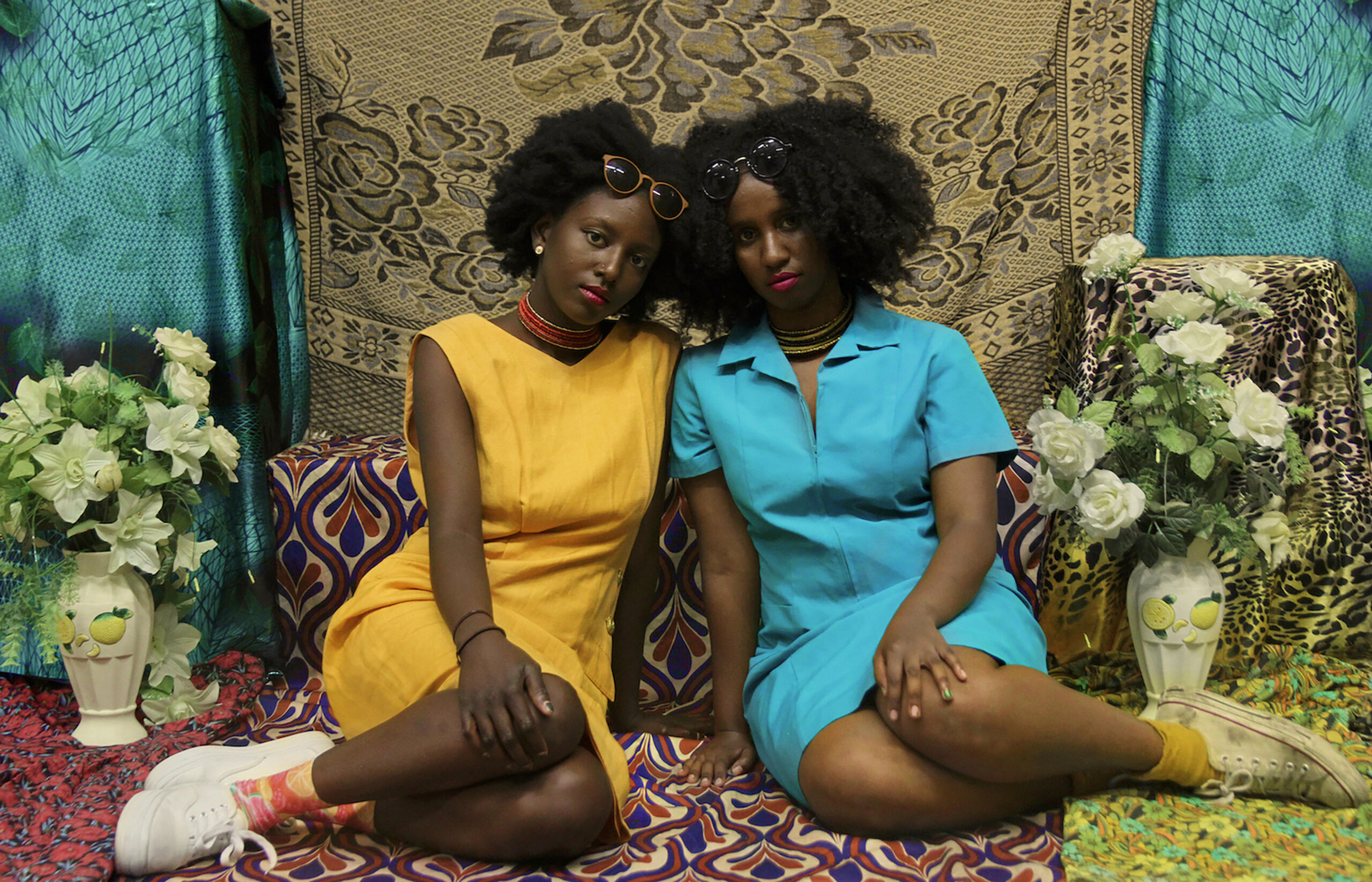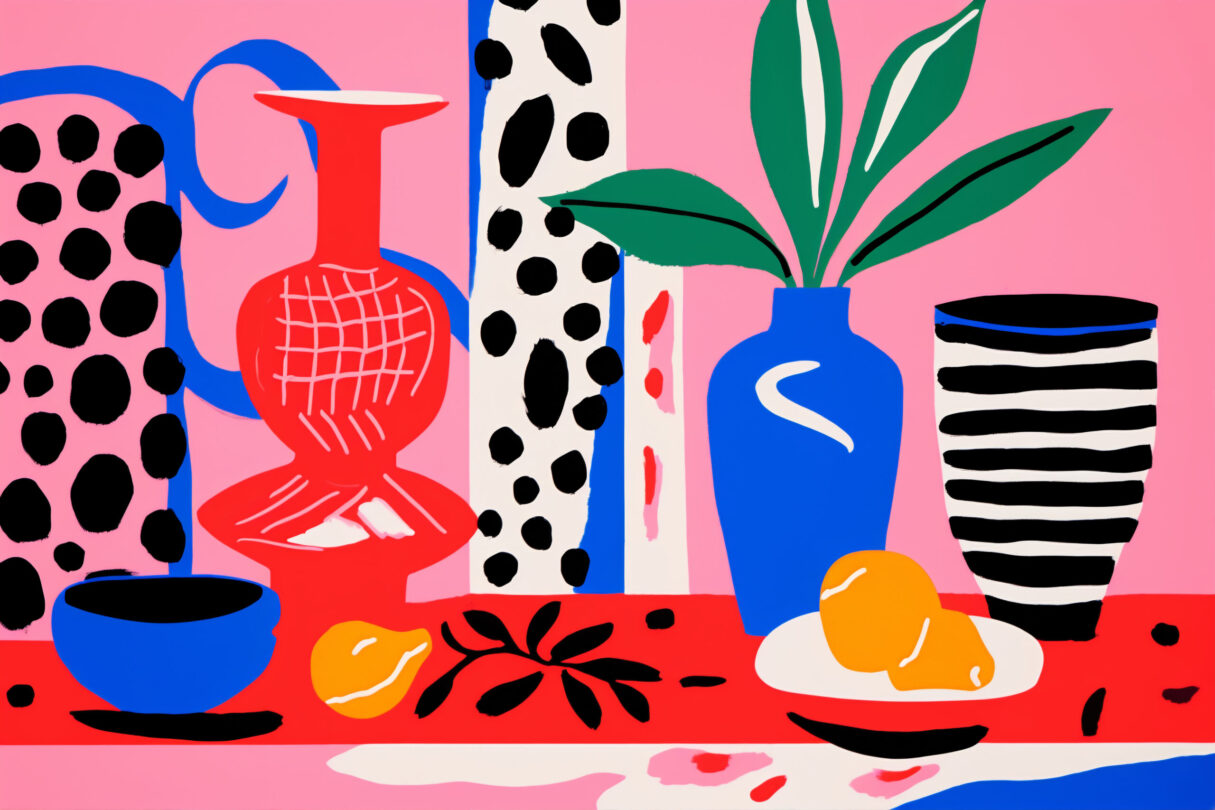A PLAY BY CHRISTOPHER ADAMS-COHEN,
DRAMATURGY BY PATTY KIM HAMILTON,
DIRECTED BY JAMES DARRAH
I’ve met Cristopher Adams-Cohen at the SoHo House, Berlin’s ivory tower full of guilty pleasures, formerly a jewish bank, then a place for the nazi regime and nowadays a space, where Berlins avant-garde enjoys to sip their dirty martini’s and discuss artistic matters. The LA born artist, has just finished „Hecate House“ after one year of intense work. Shown at the Delphi theatre, which used to be last silent movie theatre, starring famous movies such as “The Cabinet of Dr. Calligari” in the late 1920s, “in Berlin, things take unexpected turns” he told me and begins a conversation, which will lead deep into the woods of his creative consciousness.

Adams-Cohen sits in a green velvet chain, in the restaurant’s corner, hidden from curious eyes, wearing a Calvin Klein pajama, paired with a heavy knit jumper and a leather jacket. He has worked on the play in Los Angeles, before he decided to visit Berlin, where he got inspired by the mix and blend of people and other artistic souls, while he was dancing all night long through Berlin’s infamous nightlife. He was brightly smiling, as he asked: “Are we having coffee or drinks?” The cloudy day was too daring to have coffee instead of drinks and so I agreed.

a deeper understanding of the story
“When I started writing Hecate House, I had this initial idea of a group of strangers who get stuck together for a weekend in the woods – but it was always some unnamed, archetypal idea of the woods.” As we go more into details and a brief explanation on how I discovered his work, he explains: “It wasn’t clear until I visited the Black Forest and realized how important this specific location was to the story.”
“I knew I had to reckon with this image of Jewish-American tourists getting lost in the Schwarzwald, being taken in by two mysterious Bavarian sisters who had raised each other in this abandoned hunting lodge… That realization was a big part of my decision to move to Berlin. And as soon as I did, I began having intense visions of the play — be it on the U-bahn or the dance floor. I uprooted my life, called a foreign land home, and immediately had a deeper understanding of the story.”

generation y and their take on adulthood
He also got support by Farah Hazim and Wissam Sader, responsible for the music, Andrea Galad who did the finalchoreography and Patty Kim Hamilton, a professional dramaturg. But we keept talking about the mysticism and the female power, which lays in modern interpretations of spiritualism, wicca and other witchcraft, as we go along the play’s mythical patterns or the incredible setting, done with precise detailing, putting the audience immediately to focus on what’s happening inside and outside their mind’s. “The abstract staging has impact on the perception and perspective of the audience, as the actors move around the whole space.”

The translucent black curtains are hand-embroidered by his mother Antoinette Adams, who did the production design and displaying various forms of ancient goddesses, representing the earth and their spirits, while the main stage is constructed like a runway, blending into one big light installation towards the end in the mind bending story.
Trapped in the woods and seeking for shelter, while a storm is above them, two American millennial travelers—himself and Salber Williams—have to find a way out, as they seen to walk down the path of the subconsciousness. A metaphor and a reminder for the importance of self-reflection, especially for generation y and their take on adulthood?
“There are definitely easter eggs in this play for the audience”
Christopher Adams-Cohen
The echo of berlins Underground
A few parts are referring to Dante’s Comedy, in which the author himself traces his beloved spouse through hell, purgatory and finds her in heaven. Eve and Lilith are appearing out of the dark eating cake, brilliantly funny referred by himself as “copy of the Brontë sisters” and offer help in order to make their prophecy happen. This idea of a mystic route, the path of night, accompanied by the shadows of jewish mysticism, refers to the other side of Adams-Cohen’s religious education.
A mysterious half-naked female figure appears, incorporated by Orion Darling, followed by a terribly good looking stranger, played by Johannes Bauer, maybe Hecate and the devil? Both walking side by side with the actors, and distract the sisters and the lost friends, as they continue their journey in this grotesque setting, which seems to echoes memories of the clubbing scene and the experiences of drugs.
neither good nor evil, but protecting

“We need a sacrifice!” screams Eve, but as the story continues, the line between who’s good or bad, get’s blurry. The author seems to weave the characters into one and let them mirror in one another. What remains during the transition of the characters is the permanent presence of Hecate. Known as mother-goddess, she plays the silent main role, almost like an allegory to a deeper belief in the maternal energy, neither good nor evil, but protecting.
He is glad, that he’d found himself in Berlin: “the cast was crucial, to elevate my specific vision. There are definitely easter eggs in this play for the audience” and we continue our talk for another hour, sipping on the third round of drinks.
















#Dialogue
2 responses to “Theatre: House of Hecate”
[…] was partying and experimenting with my sexual preferences. Mostly at the Berghain, where I also met Chris. I guess I needed that, to overcome my trauma. But than winter […]
[…] was partying and experimenting with my sexual preferences. Mostly at the Berghain, where I also met Chris. I guess I needed that, to overcome my trauma. But than winter […]